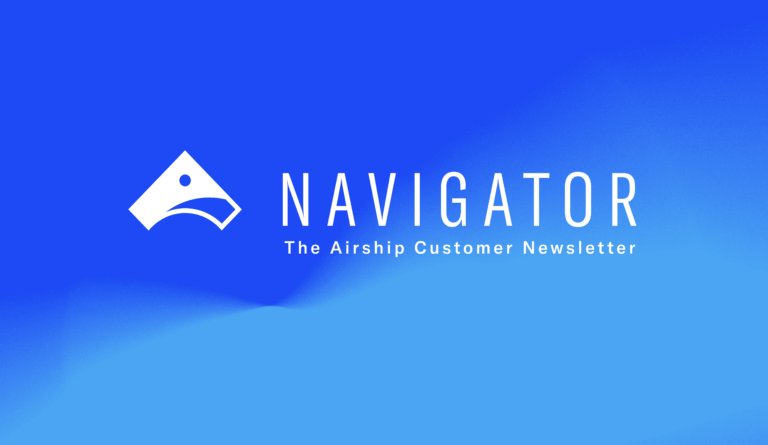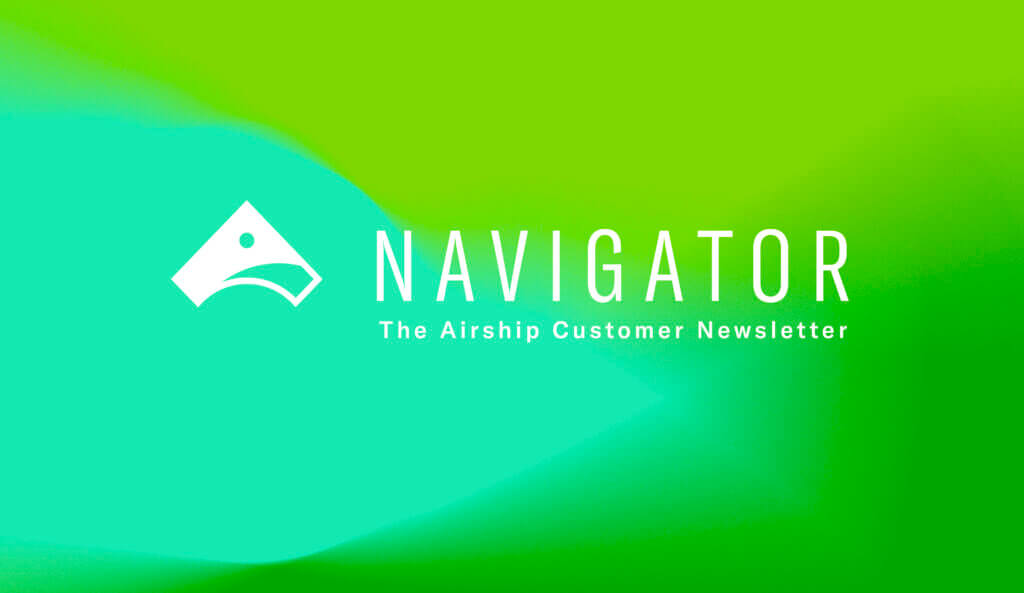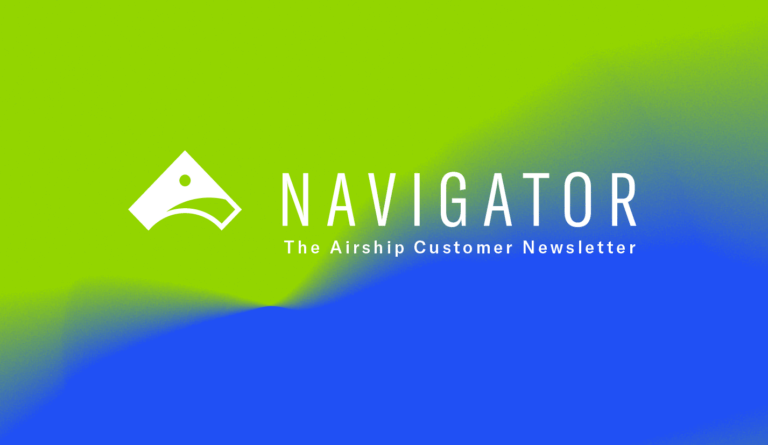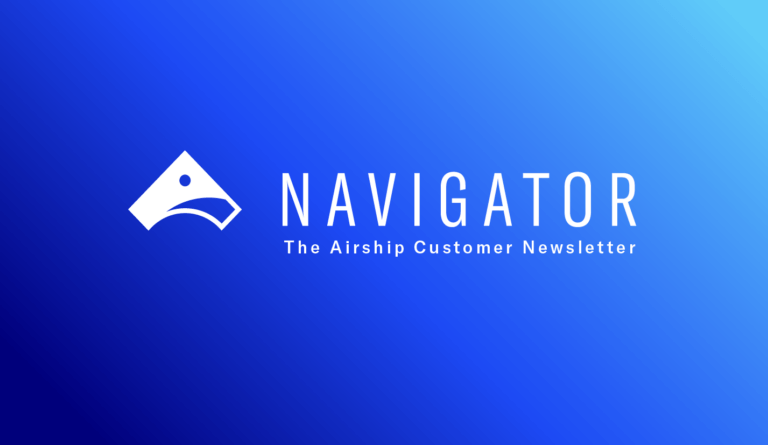
The Essential Building Blocks of Cross-Channel Personalization

Abbie Baxter Content Marketing Manager, Airship

Share to my network
In this article
Categories
Book a meeting
By submitting my information, I agree that Airship Group, Inc. and its partners may contact me with marketing communications, industry content and event invitations.
Get a demoCustomers move across an ever-growing number of channels and devices within hours, sometimes even minutes. New research from Salesforce found that consumers interact with brands on average across nine different touchpoints. The challenge? They expect you to engage them personally, acknowledging their context and preferences at every touchpoint.
Most brands recognize the value of personalizing the end-to-end customer journey, but many still struggle to get it right. Our research found that people value personalization based on their past behaviors, purchases and the interests/preferences they share with brands most. However, digital fragmentation and declining access to reliable customer insights make this challenging to execute.
To help, we’ve put together a framework for you to build journeys and experiences around customer behaviors and preferences, and to break down channel silos for a richer, more holistic customer understanding.
- Identify the Customer
Effective personalization starts with a rich understanding of the customer. To build a comprehensive customer profile, you need to create a single source of truth that unifies interactions from various channels and devices early in the relationship. Converting anonymous browsers into known customers — ideally during the activation lifecycle phase — allows you to stitch together their behaviors from different channels and reduce disconnected or repetitive experiences, improving engagement and increasing conversions.
- Implement Progressive Profiling
Progressive profiling is the process of gradually collecting information from customers at appropriate touchpoints through relevant, contextual questions. Consumers are more open than ever to sharing zero-party data — interests, intentions and even opinions — in exchange for more personalized experiences from the brands they love. This often starts with empowering customers to share their ideal context for engagement: where, when, why and how often they want to hear from you.
Ultimately, great experiences incentivize customers to share more data as needs and interests change, which allows you to serve them better over time. Interactive elements like quizzes, surveys and even gamification facilitate data collection while providing value to the customer. You can even test out different methods for asking customers for information to identify the best ways to capture the most relevant insights without disrupting the experience.
- Target Your Experiences
A well-defined segmentation strategy empowers you to tailor experiences to the specific needs and preferences of audience groups. Like customer behaviors and preferences, segmentation is dynamic and requires an agile approach to keep a close pulse on what resonates with each group and how membership evolves over time. Behavioral Targeting, for example, empowers you to analyze different tiers of customers based on their recency, frequency and monetary behaviors and deliver experiences tailored to exactly where they are in their journey with your brand.
- Leverage Dynamic Content
Attention is fleeting. Customers seek content that is relevant to their immediate situation and feels tailored just for them. That’s where dynamic personalization comes in, leveraging real-time data to tailor and deliver content when customers will be most receptive to it. Contextual awareness — location, device type, time of day, current browsing behavior and even weather — paves the way for hyper-relevant content and offers.
- Test, Measure and Optimize
Personalization that resonates today won’t necessarily resonate tomorrow. It, like customers’ content, will always be a moving target, so your tactics should evolve too. Continuous experimentation and optimization around message and delivery, data collection methods, segmentation and more will help you zero in on the tactics that deliver the most value for your customers and business.
Look to AI to scale and accelerate experimentation efforts, while minimizing the manual work involved. You can create content for different variants — everything from in-app messaging copy to email subject lines to onboarding scenes and imagery and more — tailored to different audience segments and channel specifications. This will allow you to more quickly identify a winning variant to roll out and finetune customer journeys for reduced time to value.
Cross-Channel Personalization Right Doesn’t Have to Be So Hard
If driving repeat engagement and conversions across channels and destinations is a priority for your brand, we believe this framework can help. You can implement any of the building blocks highlighted above with Airship’s personalization and data collection capabilities. To learn how, contact your account manager or submit the form below and they’ll reach out to you.
If the form doesn’t render correctly, kindly disable the ad blocker on your browser and refresh the page.
Navigator is Airship’s customer newsletter covering the latest mobile industry trends, product updates, use cases, best practices and other learning resources. It’s yet another way for Airship to help you deliver better customer experiences and create value quickly. If you’d like to receive our monthly Navigator newsletter, please sign up here.

